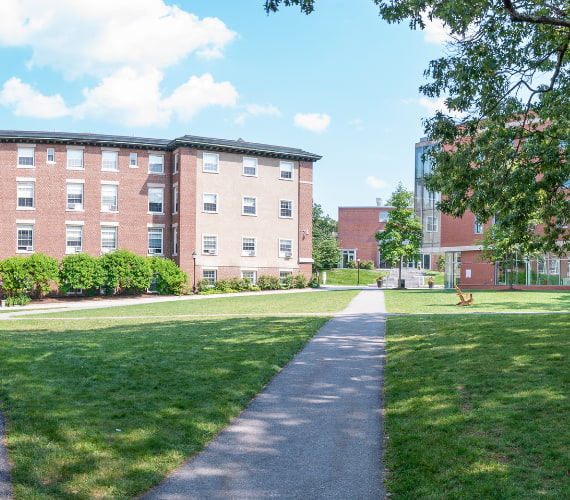
Vulnerable patients who avoided pressure injuries during COVID can thank nursing veteran Connie Johnson.
“Don’t ever mess with my patients,” warns Connie Johnson MSN, who works as a wound care nurse and ostomy management specialist at Princeton Medical Center in New Jersey. Forty-one years ago, Johnson “started to master my wound and ostomy skills because I found that nobody else wanted to do it.”
Lawana Brown, an associate professor at Regis College, can relate. Her very first day in nursing school, Lawana’s instructor brought her clinical group to observe a wound dressing change of an amputee. “Well, she goes to start unwrapping this gentleman’s foot and I of course already know that it’s not going to be good,” Lawana recalls. “He had a pretty good size foot ulcer that was almost through and through part of his foot, and when I looked up, three of the people in my class had exited the room. One kept running ‘till she got outside of the building and that day, two of them decided they wanted to be something other than nurses. Two of them never came back. That,” she tells Connie, “highlights for us how specialized and how special a person it takes to do what you do.”
As Lawana notes in their conversation, Connie was recognized back in 2017 for outstanding achievement by the National Alliance of Wound Care and Ostomy.
When COVID hit, Johnson says, she knew “skin was going to be an issue because all the patients were so severely compromised” and that they would need to find a way to prevent pressure injuries in patients who had COVID or Acute Respiratory Distress Syndrome. As operating rooms were converted to makeshift critical care units, Connie was given a matter of hours. “We needed to figure it out and figure it out fast,” she tells Lawana.
According to Johnson and Johnson, which recognized Connie (no relation) Johnson as one of 15 nurses who disrupted healthcare through the COVID-19 pandemic, she “developed a padding system and rotational positional positioning schedule that safely positioned patients to help alleviate pressure from skin sores or breakdowns.”
Connie and her team of four OR techs worked for 62 days straight. “We didn’t know how we did it. We just did it,” she says. “We figured it out in a matter of hours and we just moved forward.”
According to Johnson and Johnson, “The novel approach she has developed could be adopted globally as a new standard in proning and patient care, an incredible example of nurse-led disruption and innovation resulting in improved patient outcomes.”
In fact, as word spread, Connie and her team created a YouTube video to share with other facilities nationwide. “There’s no need to reinvent the wheel,” she says. “Anybody needs anything, I’ll send them anything.”
During COVID, Connie “had a lot of good nurses go home and not come back,” but as she tells Lawana, she is hopeful about their new nurses.
“It’s not even a wound care nurse. It’s just to be that good nurse, to make a difference for somebody else. You have to have passion for what you’re doing. When it starts becoming a job, you have to change what you’re doing.”



